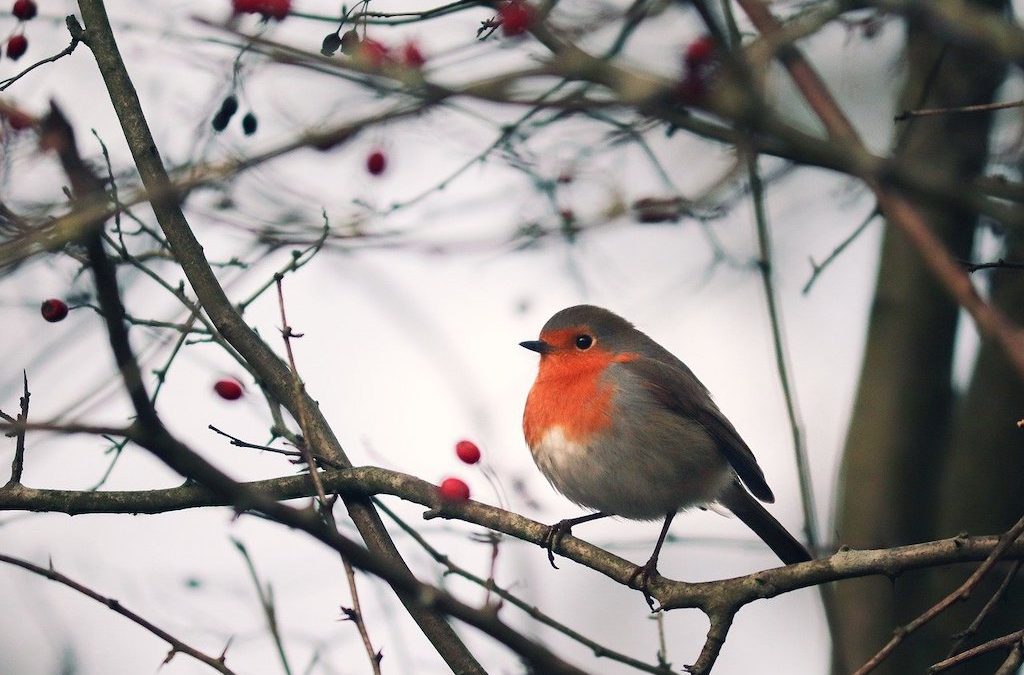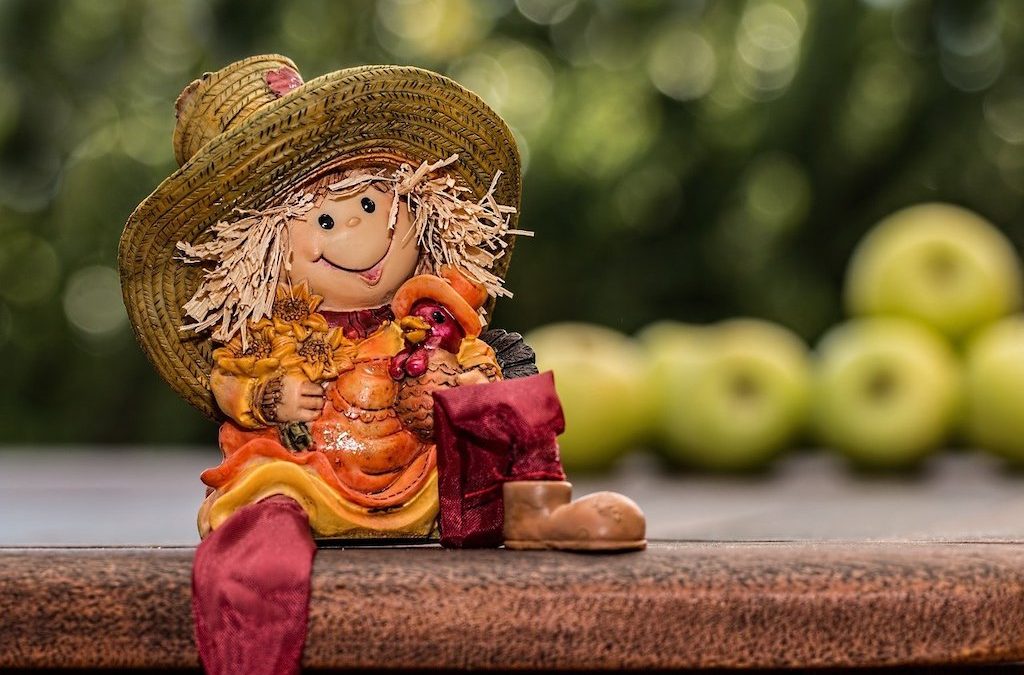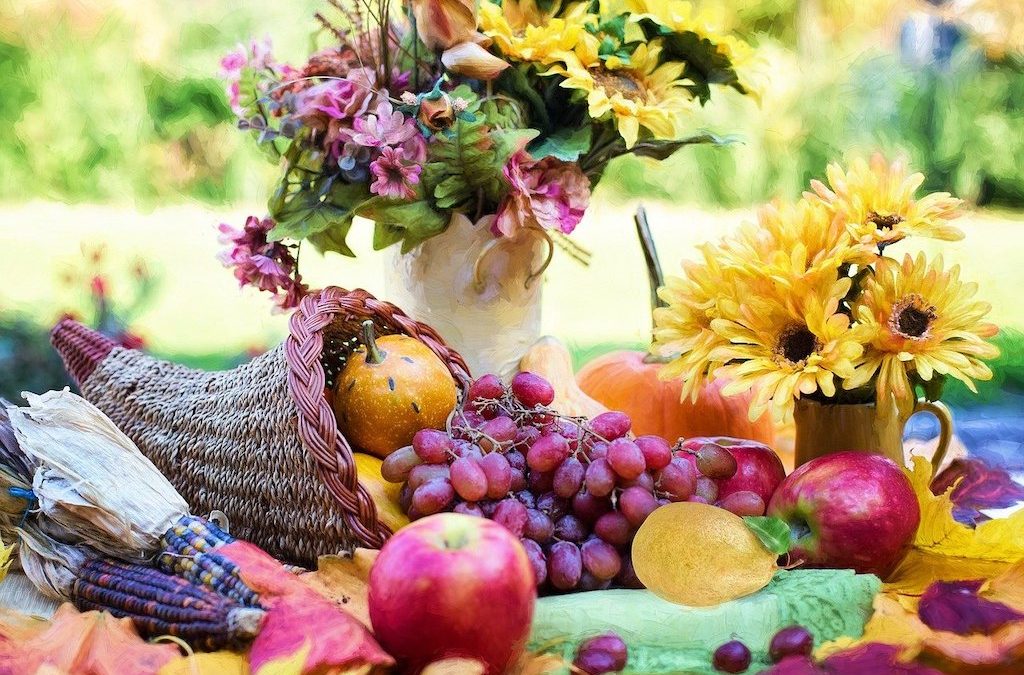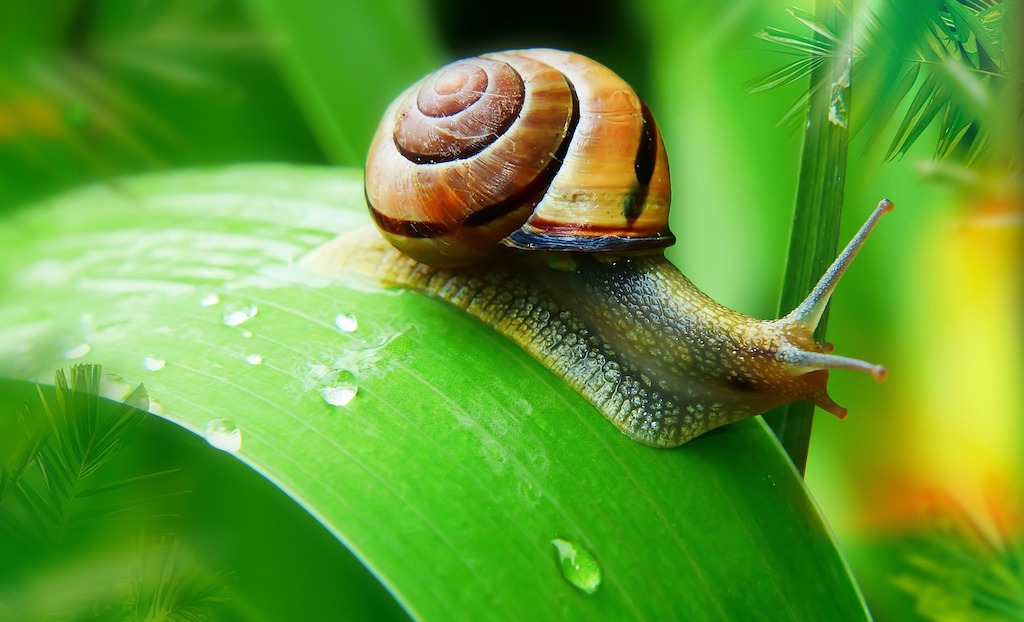
How to Plan a Garden – the basics
How to plan a garden – getting started
When I first started to garden, I went about it very haphazardly. I’d sow things here, there, and everywhere and did not pay much attention to what it said on the seed packages.
That’s how you learn – or rather, that is how I learned. I hope you are smarter than that!
Plants have likes and dislikes and different nutritional needs. Some like it cool, others hot, some don’t really care. Some are fussy, and some are persistent – they are all different, and it makes sense to get to know them. So, now I spend a lot more time thinking about the garden, and its needs, as well as mine.
Here are some things to consider:
Climate or Microclimate?
Before you plant anything, try to really understand your garden.
Do you know your growing zone? Or, do you live in a microclimate with weather patterns that don’t match the hardiness index? How much rainfall do you get? Which are the driest months? Have you traced the path of the sun through your garden at different times of the year? Do you know the sunniest and the coldest spots?
Growing zones
You can find out about your local growing zone with a simple google search. Due to climate change, such zoning is no longer completely reliable. Talk to the farmers or neighbours and listen to their observations.
I made my first plot in a south-facing spot, but later realized it was actually the coldest part of the garden. It lies lower than the rest of the garden and forms a dip where all the cold air collects.
Climate change has shortened our winters and made them milder. But we often get a late frost, even if the weather had been warm and spring-like for weeks.
Soil
Do you know what kind of soil you have? What is the pH level? Is it loamy or does it drain freely?
Plants don’t like wet feet. If you want to grow nutritious vegetables, concentrate on optimizing the soil. That alone will have a huge impact on your harvest.
Once you know your basic perimeters, it is time to choose your seeds. Part of the excitement of growing your own food is that you can experiment with unusual varieties. But always make sure, your local conditions match their requirements.
Friends or Foe
Certain species don’t like to grow next to each other, while others are friends. If you take the time to pay attention to their preferences, you will end up with a much happier garden. (I will write a separate post about this topic).
Getting the most out of the available space
Some plants mature quickly, while others take a long time to grow. But you can make the most out of your limited space by using a technique called ‘intercropping’.
Intercropping simply means sowing fast-growing crops like radishes among rows of slow-growing veggies.
Also see Gardening Jobs for January
#Ads
Disclosure: As an Amazon Associate, I earn from qualifying purchases on Amazon and other affiliate sites.





